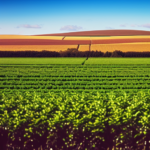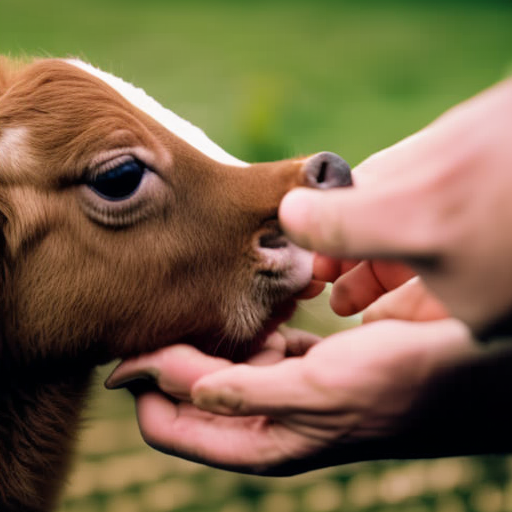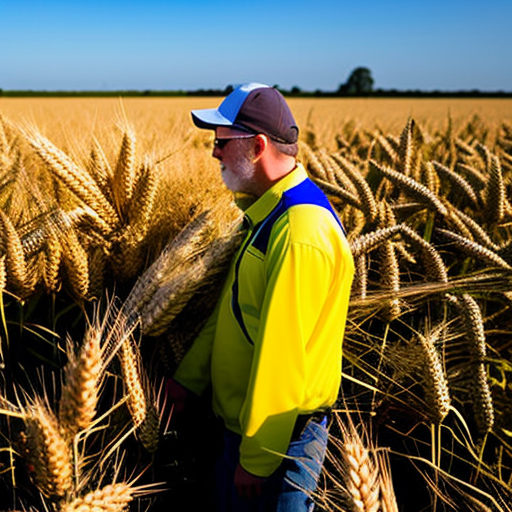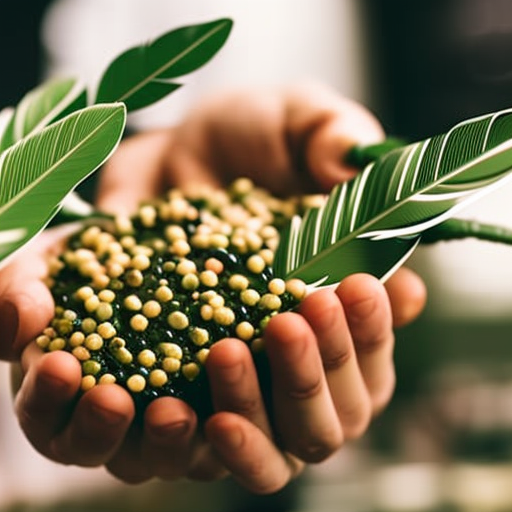Summary: Animal husbandry refers to the practice of breeding, raising, and caring for animals for various purposes, including food production, companionship, and research. It involves the management of livestock, poultry, and other domesticated animals to ensure their well-being and productivity. Animal husbandry plays a crucial role in providing food security, supporting rural livelihoods, and contributing to the overall economy.
Overview
Animal husbandry is an essential aspect of agriculture and has been practiced for thousands of years. It involves the selective breeding of animals to improve desirable traits such as milk production, meat quality, or disease resistance. The main objectives of animal husbandry are to ensure the health and welfare of animals, maximize their productivity, and meet the growing demand for animal-based products.
Types of Animal Husbandry
Animal husbandry encompasses various practices, including:
- Livestock farming: This involves the rearing of animals such as cattle, sheep, goats, and pigs for meat, milk, wool, or leather production. Livestock farming requires proper housing, nutrition, and healthcare to maintain the animals’ health and productivity.
- Poultry farming: Poultry farming focuses on raising birds such as chickens, turkeys, and ducks for meat and egg production. It involves providing suitable housing, feeding, and disease prevention measures to ensure optimal growth and egg-laying capacity.
- Aquaculture: Aquaculture refers to the farming of fish, crustaceans, and other aquatic organisms. It involves constructing ponds or tanks, providing appropriate water quality and nutrition, and managing diseases to promote the growth and survival of the aquatic species.
- Beekeeping: Beekeeping involves the management of honeybees for honey production, pollination services, and other bee-related products. Beekeepers maintain beehives, provide suitable forage, and protect the bees from diseases and pests.
Importance of Animal Husbandry
Animal husbandry plays a vital role in meeting the world’s demand for animal-based products. Livestock and poultry provide a significant source of protein, essential nutrients, and economic opportunities. Animal products such as meat, milk, eggs, and honey are valuable food sources and contribute to balanced diets. Additionally, animal by-products, such as leather, wool, and manure, have various industrial and agricultural applications.
Furthermore, animal husbandry supports rural livelihoods by providing employment opportunities and income generation for small-scale farmers. It helps alleviate poverty, especially in developing countries where agriculture is a primary source of income. Animal husbandry also contributes to the overall economy through trade and export of animal products, creating economic growth and stability.
Sustainable Animal Husbandry
Sustainability is a critical aspect of modern animal husbandry practices. Sustainable animal husbandry aims to minimize the environmental impact, promote animal welfare, and ensure long-term viability. This involves adopting practices such as:
- Efficient resource utilization: Optimizing feed conversion efficiency, reducing water usage, and minimizing waste generation are essential for sustainable animal husbandry.
- Animal welfare: Providing appropriate housing, nutrition, and healthcare, and avoiding practices that cause unnecessary stress or harm to animals is crucial for ethical and sustainable animal husbandry.
- Environmental conservation: Implementing measures to reduce greenhouse gas emissions, prevent water pollution, and protect biodiversity are important for sustainable animal husbandry.
- Technology adoption: Embracing technological advancements such as precision farming, genetic selection, and digital monitoring systems can improve productivity, efficiency, and sustainability in animal husbandry.
Challenges and Future Trends
Animal husbandry faces several challenges, including disease outbreaks, climate change, and the need to meet increasing global demand for animal products. To address these challenges, ongoing research and innovation are essential. Future trends in animal husbandry include the development of sustainable feed alternatives, precision breeding techniques, and the use of artificial intelligence for monitoring and management.
In conclusion, animal husbandry is a critical practice that involves the breeding, raising, and care of animals for various purposes. It plays a vital role in food production, rural livelihoods, and the overall economy. Sustainable animal husbandry practices are necessary to ensure the well-being of animals, minimize environmental impact, and meet future demands for animal-based products.












